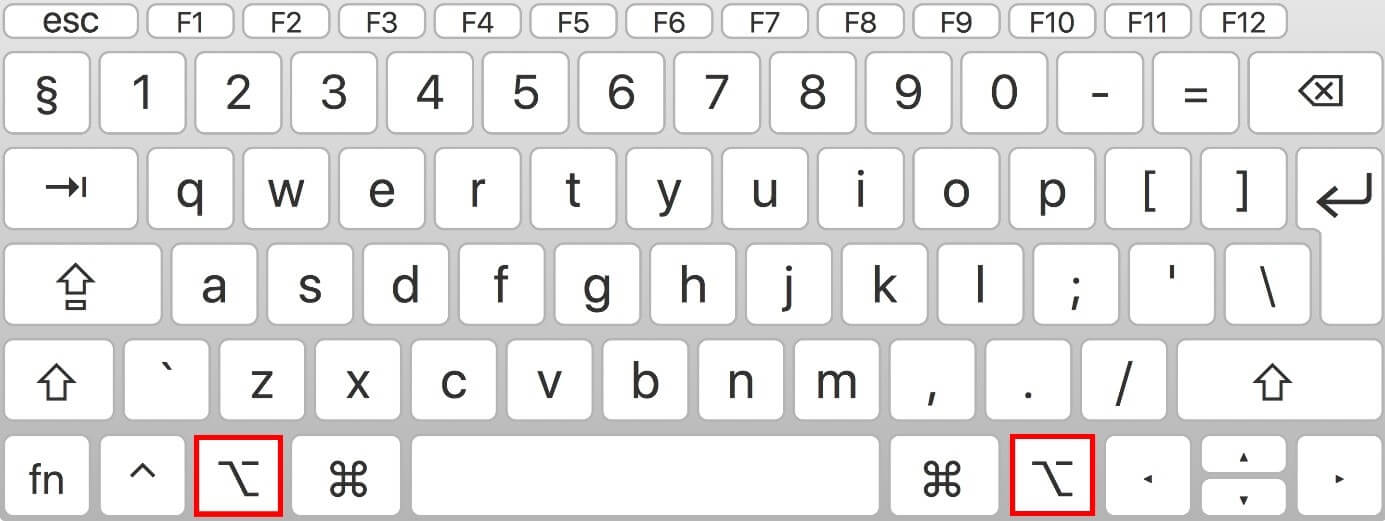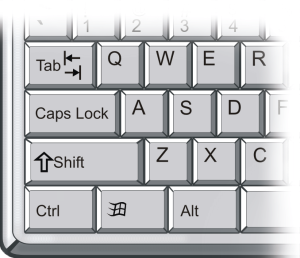

- #Where is the control al keys on mac keyboard how to#
- #Where is the control al keys on mac keyboard install#
- #Where is the control al keys on mac keyboard Pc#
- #Where is the control al keys on mac keyboard free#
#Where is the control al keys on mac keyboard free#
Review the Hung Applications and Heavy Consumers sections.ĬleanMyMac X also has a convenient menu bar item, which briefly informs you on current CPU load and memory status and lets you monitor CPU and disk usage, as well as free up RAM when you need to.Choose Optimization from the sidebar on the left.

#Where is the control al keys on mac keyboard install#
Download the free edition of CleanMyMac X and install it.
#Where is the control al keys on mac keyboard how to#
Here’s how to manage heavy consuming apps: CleanMyMac X is notarized by Apple, which proves it’s safe for your Mac. It’s Optimization feature will identify hung applications and show you apps that are consuming lots of resources. With CleanMyMac X, you can easily handle heavy consumers.

Detecting and quitting those apps can considerably improve your Mac performance. Some applications put too much pressure on Mac’s CPU making your whole system slow. Most of the time when your Mac is slow and unresponsive, there’s a particular app to blame. If you see a process that’s taking up too many resources, select it and press the “X” button in the toolbar to quit it.Ĭontrol hung and heavy consuming apps with CleanMyMac X.Click the column header again to reverse the order. Click on any column header to order processes according to their value in that column.CPU, to see the percentage of resources being used by running processes. These can both be viewed on your Mac using Activity Monitor, a very handy tool tucked away in the Utilities folder. It displays a list of currently running processes and shows you the proportion of available system resources they’re using. Windows Task Manager does more than just allow you to force quit misbehaving applications. How to see more information about applications on the Mac If the Force Quit doesn’t appear, press the Option key while right-clicking, and you’ll see it. And If you right-click or Control-click on a hung application in the Doc, an option to force quit it will appear in the contextual menu. You can also access the Force Quit box from the Apple menu, by choosing Force Quit. Choose the application you want to quit.It also shows you any apps that have hung and allows you to force quit them. Pressing those three keys together pulls up a window displaying currently-running apps. The closest equivalent to the well-known Windows keyboard shortcut on a Mac is Command-Option (Alt)-Escape. The alternatives to Control-Alt-Delete on a Mac However, there are a few different ways to accomplish the same thing on a Mac, like force quitting applications or checking on the system resources being used by applications. Well, the bad news is that there isn’t a direct replacement.
#Where is the control al keys on mac keyboard Pc#
If you’re used to using Control-Alt-Delete on a Windows PC to display the Task Manager and have recently switched to using a Mac, you’re probably wondering what the Mac equivalent to Control-Alt-Delete is. But to help you do it all by yourself, we’ve gathered our best ideas and solutions below.įeatures described in this article refer to the MacPaw site version of CleanMyMac X. So here's a tip for you: Download CleanMyMac to quickly solve some of the issues mentioned in this article.


 0 kommentar(er)
0 kommentar(er)
